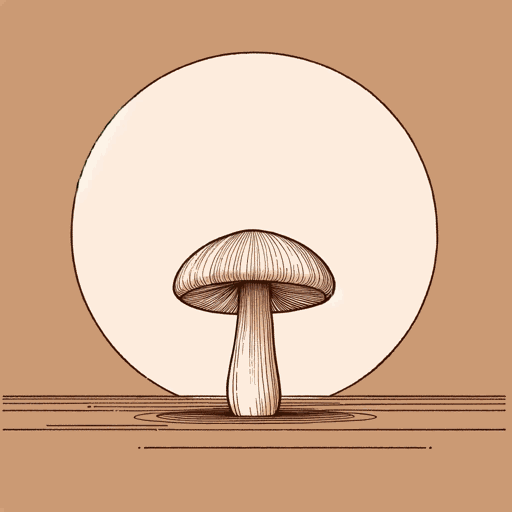75 pages • 2 hours read
Anna Lowenhaupt TsingThe Mushroom at the End of the World
Nonfiction | Book | Adult | Published in 2015A modern alternative to SparkNotes and CliffsNotes, SuperSummary offers high-quality Study Guides with detailed chapter summaries and analysis of major themes, characters, and more.
Before You Read
Summary
Preface
Prologue
Part 1, Introduction
Part 1, Chapters 1-3
Part 1, Interlude 1.1
Part 2, Introduction
Part 2, Chapters 4-7
Part 2, Interlude 2.2
Part 2, Chapters 8-10
Part 2, Interlude 2.3
Part 3, Introduction
Part 3, Chapters 11-13
Part 3, Chapters 14-15
Part 3, Chapters 16-17
Part 3, Interlude 3.3
Part 4, Introduction
Part 4, Chapters 18-19
Part 4, Chapter 20 and Conclusion
Key Figures
Themes
Index of Terms
Important Quotes
Essay Topics
Themes
Capitalism, Destruction, and Coordination
Tsing asserts that her study of mushrooms is also a study of “ruin,” an adjective she often uses to describe older forests after they have been depleted by the constant quest for wood to meet market and consumer demands (1). In setting the scene for the work, she makes clear that hunting for mushrooms takes place in a period of profound uncertainty (2). Humans live in a world of our own making, and it is not in any sense a paradise, rational, or stable. Tsing also resists the idea that any of this is easily redeemable. While human destruction has made matsutake thrive in unexpected places, like the abandoned industrial forests of Oregon, she is not seeking to “make lemonade from lemons” (212). Instead, the reality of deforestation in both Oregon and Japan is tied to timber markets. The argument is about capitalism’s destructive power, and the aftermath of that destruction, not merely a hopeful tale of an anthropomorphized and amorphous “nature” fighting humanity to a hard-fought victory.
Tsing underlines this further when she turns to the forests of Yunnan, China, and the capitalist impulses in that cultural context. In the forest itself, matsutake picking and selling depends on communal ties and personal relationships.

